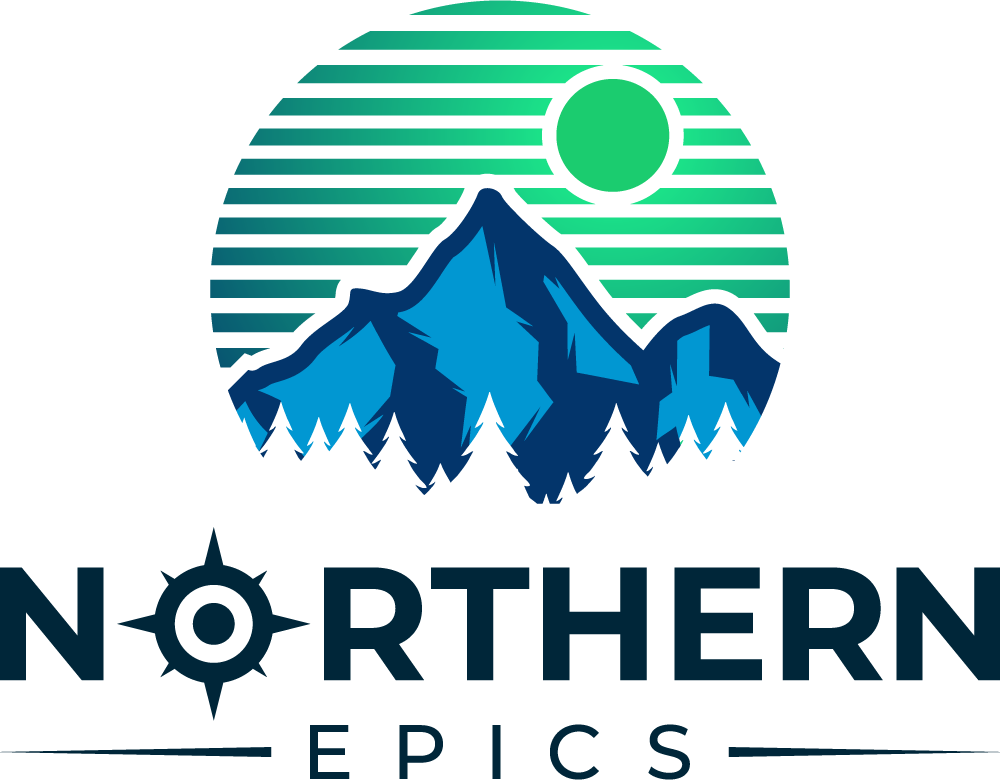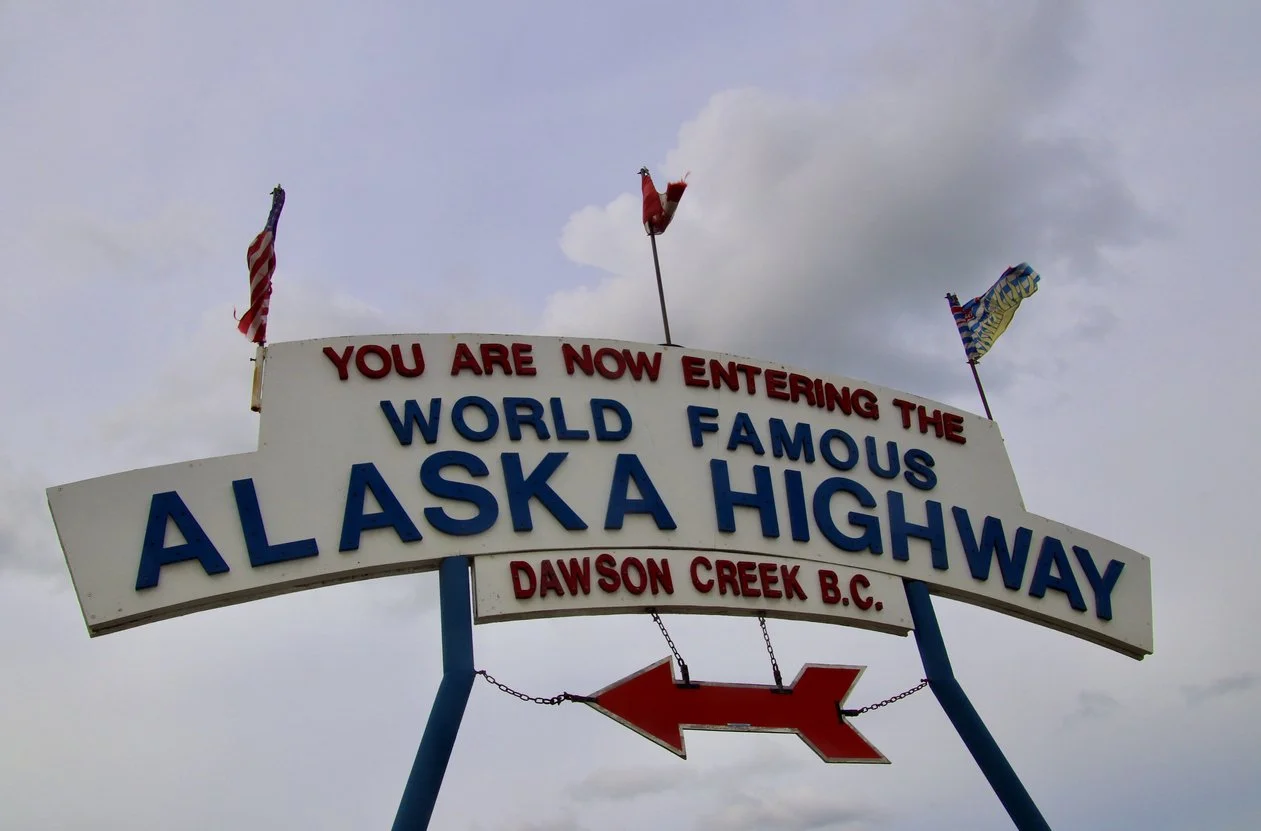How (And Why) You Should Drive to Alaska
During my drive up to Alaska from the Continental United States this year, I learned several important things that, had I known them beforehand, would have made my trip exponentially easier, less stressful, and better overall. Some of them were things that had I researched long enough I probably could have discovered, but some were surely not. And besides, who wants to spend multiple hours checking different websites for one other detail that they don’t even know that they don’t know about. With all that said, here is MY guide to driving to Alaska, which will hopefully fill all the gaps in tips and information that any designated travel websites might have missed.
Starting with packing, there really aren’t that many things that are essential to this trip compared to other less daunting journeys. Having plenty of water is a good idea. I brought a water bottle, gallon jug, and three gallon jug, and that was more than enough for myself. How much water you choose to bring will definitely depend on your travel and hydration style, but that was enough for me to have peace of mind and avoid stopping unnecessarily to refill water. A gas can is definitely unnecessary, but it can provide peace of mind that you may appreciate having. A spare full size tire is a good idea if you have room for it. Having a satellite GPS and communicator is useful if anything were to go wrong when you’re not in service. Finally, food and snacks based on how much you plan on eating out, and whatever other gear, clothes, etc. that you would bring for any trip. The key should be to bring enough that you’re comfortable and stress free, and that will be more than you need.
A couple other things to plan before the trip begins are very important as well. First off, the things you need to get through customs. I used my passport (the industry standard), but after asking the Canadian border guards, they told me that an ID and Birth Certificate would work as well. You may take that with a grain of salt and want to make sure you bring your passport, as it’s only anecdotal evidence and many official sources on the internet point to the contrary. Getting in touch with your cell service provider and paying a daily fee for international text, call and data is quite nice (don’t forget to switch to roaming)! Planning your route and stops, and chunking the drive into days is a great idea. I left from Oregon and it took me four days (and three nights) to get to Anchorage. That is the least amount of days I would recommend, any shorter and you’d better have multiple drivers and not expect to have much fun. The first day I drove to Prince George, which took about sixteen hours. I drove about eight hours to Fort Nelson the next day, and day three it was around nine hours driving to Whitehorse. The last day was about twelve and a half hours to get to Anchorage, though you do gain an hour from the time zone change.
Now that you’ve got the pre trip info, let’s get into some trip details. I’d recommend refilling all gas receptacles you have as close to the border as possible to avoid paying Canadian cents per liter for as long as possible. If your vehicle gets searched at the border, mentally prepare for things to be repacked haphazardly (Grr!). Once you’re in Canada, the views quickly become pretty neat with sections of “amazing”, but really become constantly breathtaking when you hit the Yukon and Alaska. Coincidentally, that is also when the road becomes extra important to pay attention to, as the asphalt conditions get much more hazardous to your suspension if you’re not careful. IMPORTANT: While there is adequate signage to warn of bumps or gravel in Canada, as of the time of my drive, for about two hours into Alaska from the border are loads of absolutely gnarly potholes with little to no warning. One more note - if you’re planning on car camping on the way up, it is legal to camp on pullouts. I found it much more pleasant and simpler to camp in pullouts on the highway NEAR a town than trying to find a public area in the cities along the way.
Now for the most important thing - WHY you should drive to Alaska. This drive is gorgeous, full stop. As mentioned before, the views are absolutely breathtaking. Additionally, there is a high chance of seeing bears, moose, and Dall sheep at multiple points along the trip, and it would be near impossible to miss large groups of bison as you get further North in Canada. Along the way, there will be ample opportunity to enjoy detours and side quests into the beautiful Canadian wilderness, natural hot springs, or the edges of frozen lakes. I can also guarantee that your trip will feel like much more of an adventure than if you chose to fly. And let’s face it, if you’re planning to vacation in Alaska, you’re probably looking for adventure. Brushing your teeth in the middle of nowhere while gazing across a frosty, snow covered lake may be a morning routine during your drive.
The convenience of having your own transportation while on your Alaska vacation also can’t be understated. It can often be difficult to find public transportation in the less populated areas of Alaska, and those are usually the areas where you’ll want it the most in order to get to your preferred vacation hotspot. Some tour providers such as Northern Epics hiking tours and Denali Raft Adventures in Denali National Park do supply courtesy shuttles for their respective tours, but you can’t count on transportation at your fingertips to get you to a restaurant for dinner or anywhere you want to go solo. Alaska is a big place, and everything worth seeing is not concentrated into one walkable area.
Overall, while there are pros and cons to driving, flying or taking a cruise up to Alaska, driving will give you the most freedom and biggest experience, and that is what Alaska is all about. Everything truly is bigger in Alaska, and freedom to explore this gorgeous state at your leisure is something special. When you plan your Alaska trip this year, don’t sleep on the opportunity to make it even better!


